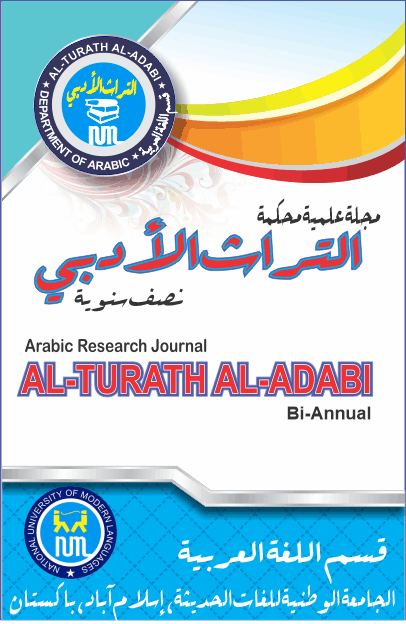Program Information
| Duration | : | 4 years |
| Level | : | BS |
| Shift | : | Evening |
| Credit Hrs | : | 124 to 136 |
| Semester | : | 8 |
Similar Programs
BS Electronics
Overview:
A steady increment in job opportunities within the Electronics sector is anticipated in the forthcoming years. Particularly, the initiated industrial developments as part of the CPEC plan of the government including but not limited to Automobile Industry (electrical/electronic vehicles), Solar / Cellular industry and Agricultural Transformation Plan (ATP) hold promising future for our work force. Keeping in view the prospects and potential, Higher Education Commission (HEC) has revised and aligned the curriculum of BS Electronics Program in line with the skill-based needs of the industry. National University of Modern Languages (NUML) being the leading University in Pakistan has taken the initiative to offer the BS Electronics Program in main Islamabad from Spring 2021.
Salient Features:
- HEC Recognized Program
- Technical and Skill-based degree
- Established LAB facilities
- Qualified Ph.D. Faculty
- Public Sector University
- Affordable fee structure
- Ehsas Program/Bait-ul-mal/Benevolent fund scholarships can be availed
- Centralized location in Islamabad
- Hostel Facility available
- Largest fleet of buses for student transport
Eligibility:
For admission into BS Electronics, 45% Marks in intermediate with Physics or Mathematics or equivalent degree from accredited Institution
List of BS Elective Courses
|
|
|
|
|
|
|
|
|
|
|
|
|
|
|
|
|
Courses:
| S.No | Course Code | Subject | Credit Hours |
|---|---|---|---|
| 1 | xxx | English - I (Functional English) | 3+0 |
| 2 | xxx | Introduction to Computing | 2+1 |
| 3 | xxx | Calculus and Analytical Geometry | 3+0 |
| 4 | xxx | Physics – I | 2+0 |
| 5 | xxx | Islamic Studies/Ethics | 2+0 |
| 6 | xxx | English - II (Communication Skills) | 3+0 |
| 7 | xxx | Circuit Theory-I | 3+1 |
| 8 | xxx | Differential Equations | 3+0 |
| 9 | xxx | Physics – II | 3+0 |
| 10 | xxx | Solid State Electronics | 3+0 |
| 11 | xxx | Pakistan Studies | 2+0 |
| 12 | xxx | English – III (Technical Report Writing) | 3+0 |
| 13 | xxx | Basic Electronics | 3+1 |
| 14 | xxx | Circuit Theory-II | 3+1 |
| 15 | xxx | Complex Variables and Transforms | 3+0 |
| 16 | xxx | Computer Programming | 2+1 |
| 17 | xxx | Signals and Systems | 3+1 |
| 18 | xxx | Digital Logic Design | 3+1 |
| 19 | xxx | Electronic Circuit Design | 3+1 |
| 20 | xxx | Linear Algebra | 3+0 |
| 21 | xxx | General – I | 3+0 |
| 22 | xxx | Integrated Circuits | 3+0 |
| 23 | xxx | Microprocessors and Microcontrollers | 3+1 |
| 24 | xxx | Probability and Random Variables | 3+0 |
| 25 | xxx | Instrumentation and Measurements | 3+1 |
| 26 | xxx | Linear Control Systems | 3+1 |
| 27 | xxx | Electromagnetic Theory | 3+0 |
| 28 | xxx | Communication Systems | 3+1 |
| 29 | xxx | Digital Signal Processing | 3+1 |
| 30 | xxx | Embedded System Design | 3+1 |
| 31 | xxx | General-II | 3+0/1 |
| 32 | xxx | VLSI Design | 3+0 |
| 33 | xxx | Data Communication and Networks | 3+1 |
| 34 | xxx | Elective – I | 3+0/1 |
| 35 | xxx | Elective – II | 3+0/1 |
| 36 | xxx | Research Project – I | 0+3 |
| 37 | xxx | Microwave Electronics | 3+1 |
| 38 | xxx | Elective – III | 3+0 |
| 39 | xxx | Elective – IV | 3+0 |
| 40 | xxx | Research Project – II | 0+3 |









